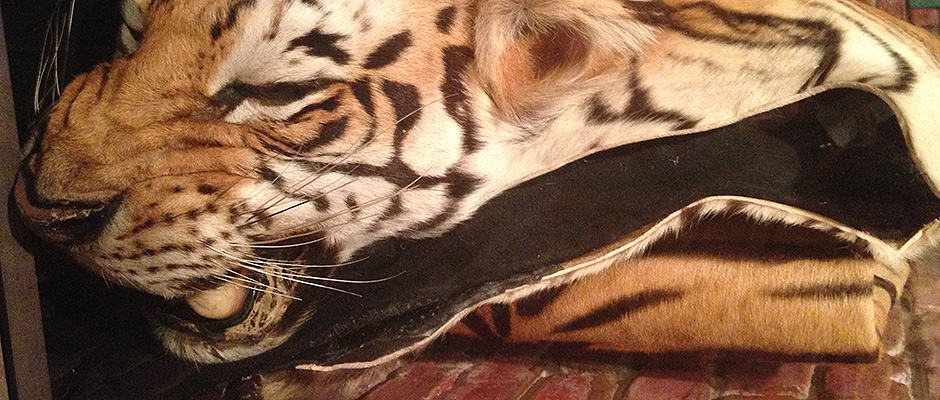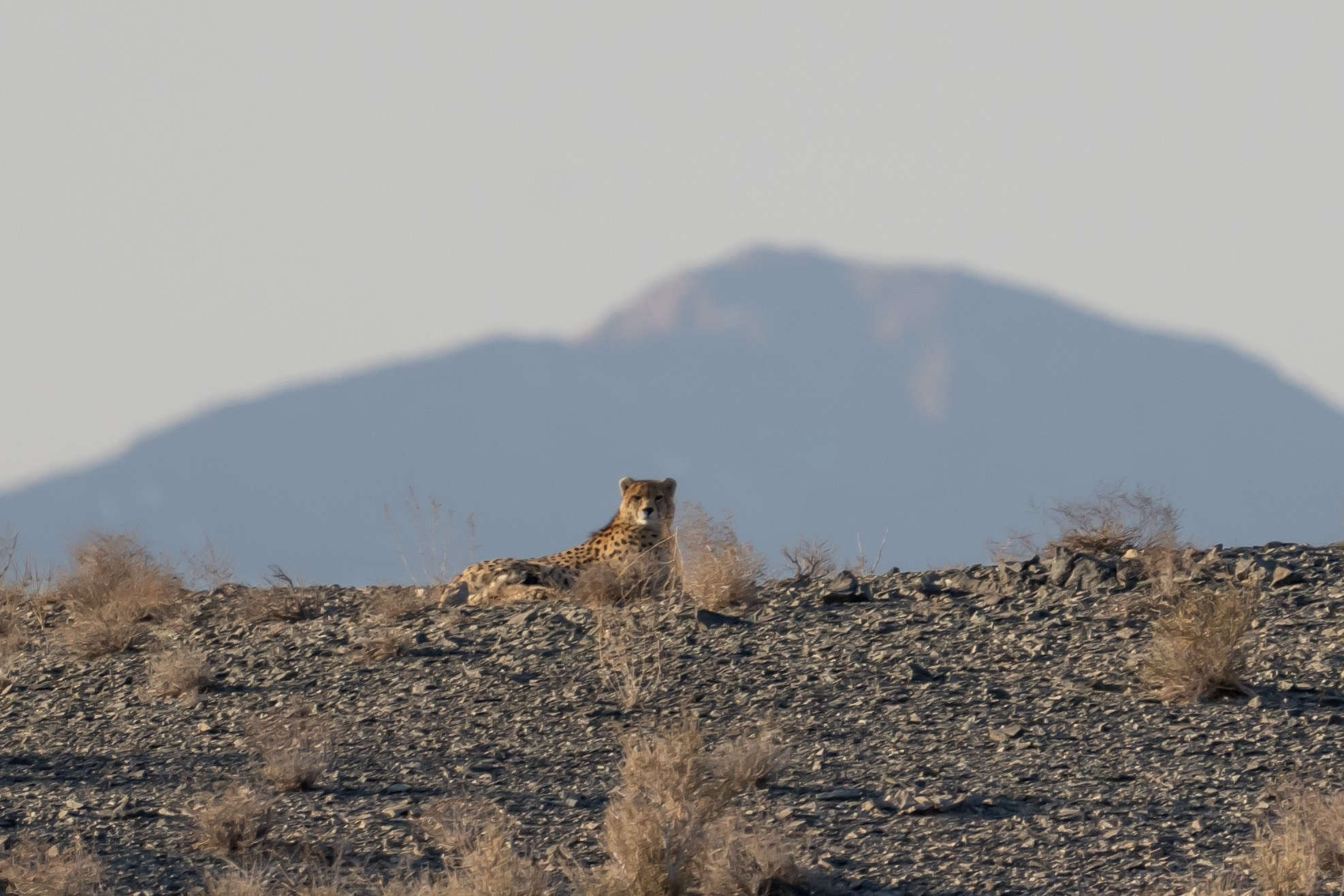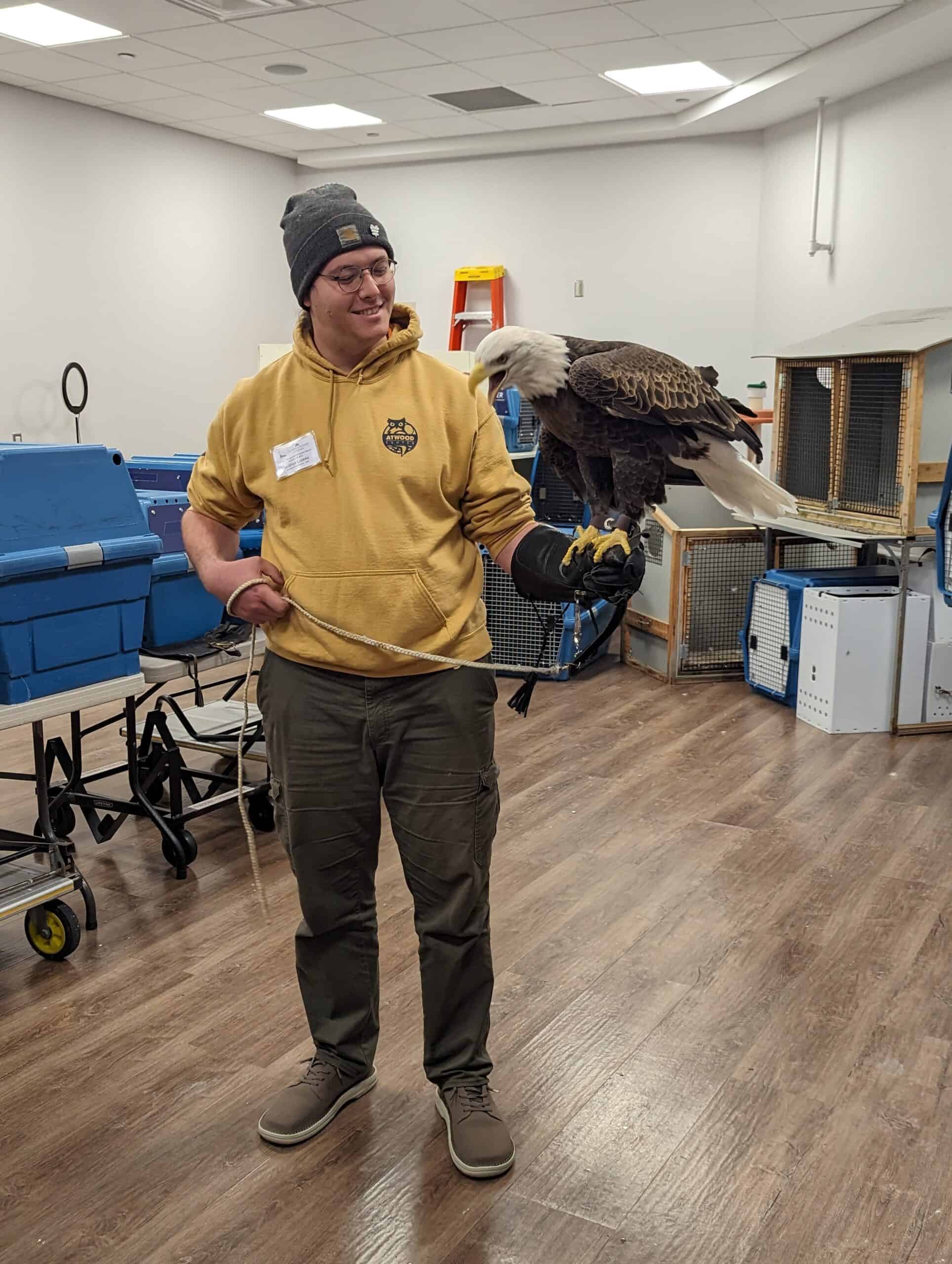Share this article
New Exhibit Highlights Poaching’s Toll on Wildlife
Consider this: Last year, more than 1,200 rhinoceroses were slaughtered for their horns; in 2013, 20,000 elephants were killed for their tusks and ivory; and in the last century, the world’s tiger populations have declined by 97 percent.
The numbers are certainly shocking, however, few people have a chance to put an animal’s face to the statistics and truly understand the extent of such devastation. Now, the Crime and Punishment museum in Washington, D.C. provides people the opportunity to do just that through its new exhibit on wildlife trade and trafficking.
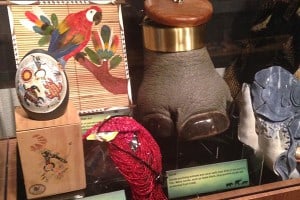
A jar fashioned out of a poached rhino foot is just one of several artifacts and trinkets on display at the new exhibit on wildlife poaching and trafficking.
Image Credit: Dana Kobilinsky
“Ivory, Tortoise Shell, &Fur: The Ugly Truth of Wildlife Trafficking,” which opened last week on World Environment Day and will remain until February 2016, displays photographs, killing tools, trinkets and artifacts made from wild animals that were contributed by the U.S. Fish and Wildlife Service from a refuge in Denver. It also presents important facts on wildlife trade and trafficking, with the goal of notifying the public that poaching is a severe global issue that devastates wildlife populations and species and also introduces diseases and invasive species to the environment.
The exhibit — a collaborative effort by a handful of organizations including FWS, INTERPOL Washington and the Freeland Foundation — begins with a video of startling facts on wildlife crime, as told by celebrities including actor, Leonardo DiCaprio and basketball player, Yao Ming. Each familiar face ends his or her segment with the bold statement, “When the buying stops, you can too.” Horrifying pictures of a hornless rhinoceros, a tiger rug, and a rhinoceros foot manipulated into a jar are sprinkled throughout the exhibit.
“As we all know, wildlife trafficking is on the rise globally,” said President of Youth Environment Programs, Inc., Jennifer Sevin, who reached out to the crime museum to create this exhibit. “It’s fueled by the increasing demand, the rarity of species, the high profit margins, and the low penalties involved.”
The purpose of the exhibit, Sevin said, is three-fold: to introduce the public to the issues of wildlife trade and trafficking, to highlight the work done by the organizations involved in combating wildlife crime, and to recruit help to reduce the demand and to take additional action to help combat wildlife trafficking. “It’s a difficult challenge, but together, we can all hopefully make a difference, and we are already making a difference,” she said.
Cracking Down on Wildlife Crime
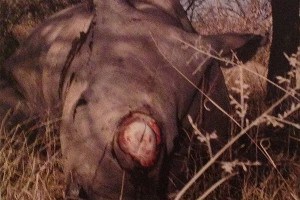
A poached hornless rhinoceros. Rhino horns are more valuable by weight than cocaine or gold for traffickers.
Image Credit: Dana Kobilinsky
While people may not think of the United States as a critical component of wildlife crime, it’s actually one of the top consuming nations of wildlife products, according to Beth Allgood, a U.S. campaigns director at the International Fund for Animal Welfare (IFAW) and one of the contributors to the exhibit. As a result, the U.S. Fish and Wildlife Service — considered the premier law enforcement agency for wildlife crime — is currently working on a task force with 16 other federal agencies co-chaired by the departments of state, interior and justice, to combat wildlife trafficking. It also has begun to station law enforcement agents around the world as attachés at embassies, and has already set up agents in Bangkok, Thailand.
“We’ve got a long road ahead of us,” said Robert Dreher, the associate director of the U.S. Fish and Wildlife Service. “But I will tell you we are doing everything we can in conjunction with the department of state and department of justice and with other federal agencies to treat this crime with the seriousness it deserves in the hopes that someday this will be a historic exhibit.”
In addition, INTERPOL, the world’s largest police organization and a contributor to the exhibit, regularly collaborates with other law enforcement agencies to fight wildlife trafficking that also ties into other crimes such as human trafficking and drug trade as well as terrorist organizations such as Al Queda-affiliated al-Shabab in Somalia, Joseph Kony’s Lord’s Resistance Army in central Africa and Boko Haram in Nigeria.
What the Public Can Do
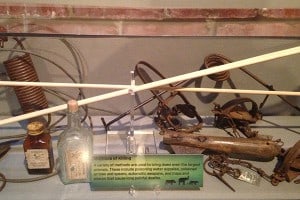
A poacher’s toolbox includes killing tools such as traps and poisoned arrows and spears typically used on elephants and rhinoceroses.
Image Credit: Dana Kobilinsky
While law enforcement organizations are doing their part, the purpose of this exhibit is to provide a wakeup call for the general public who might be unknowingly participating in this organized crime. A recent study shows that large herbivores including elephants and rhinoceroses are at risk for extinction largely because of poaching, and if nothing is done to stop it, this can have devastating effects on the ecosystem. “We have to change our own behavior both to reduce pressure on wildlife from our demand, but also to set an example for the global community,” Allgood said, adding that IFAW has helped companies improve their policies and better regulate wildlife products in their stores. As for the traffickers, Assistant Secretary of State William Brownsfield addressed them on the exhibit’s opening day with a crisp: “Happy World Environment Day, traffickers. We hope that when you celebrate the next one, next year we’ll have you in a jail cell. You can celebrate in style.”
Hear Assistant Secretary of State William Brownsfield’s thoughts on illegal wildlife trade and trafficking, below.
Header Image:
Poached artifacts such as this tiger rug are on display at an exhibit on wildlife poaching at the Crime and Punishment Museum in Washington D.C. The goal of the exhibit, which will run until February 2016, is to inform the public about the severity of illegal trade and trafficking.
Image Credit: Dana Kobilinsky



